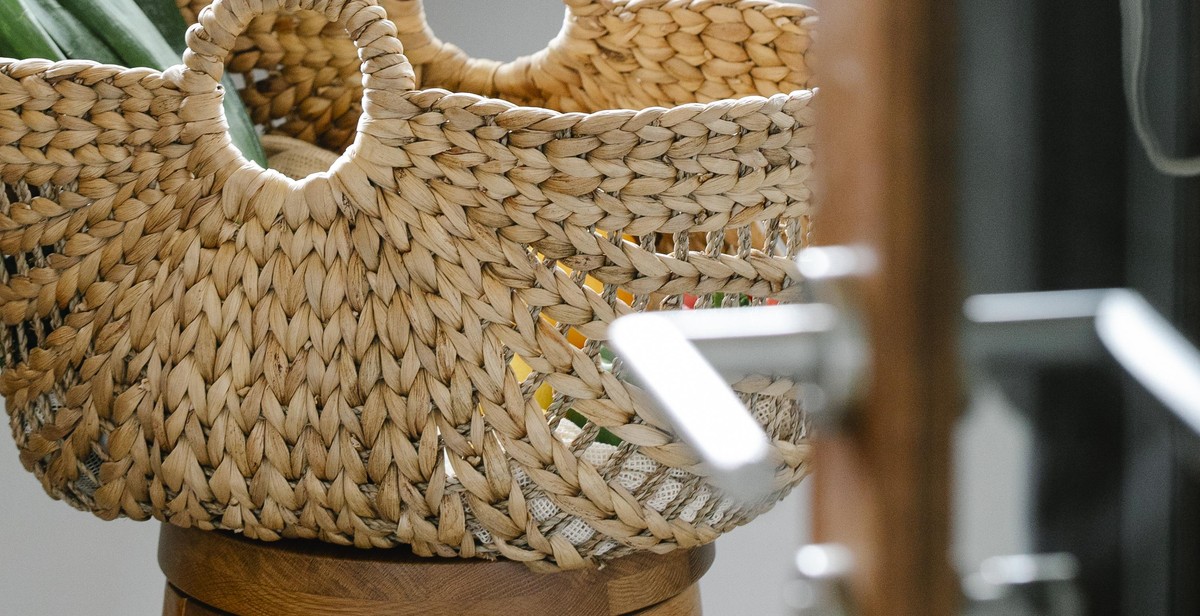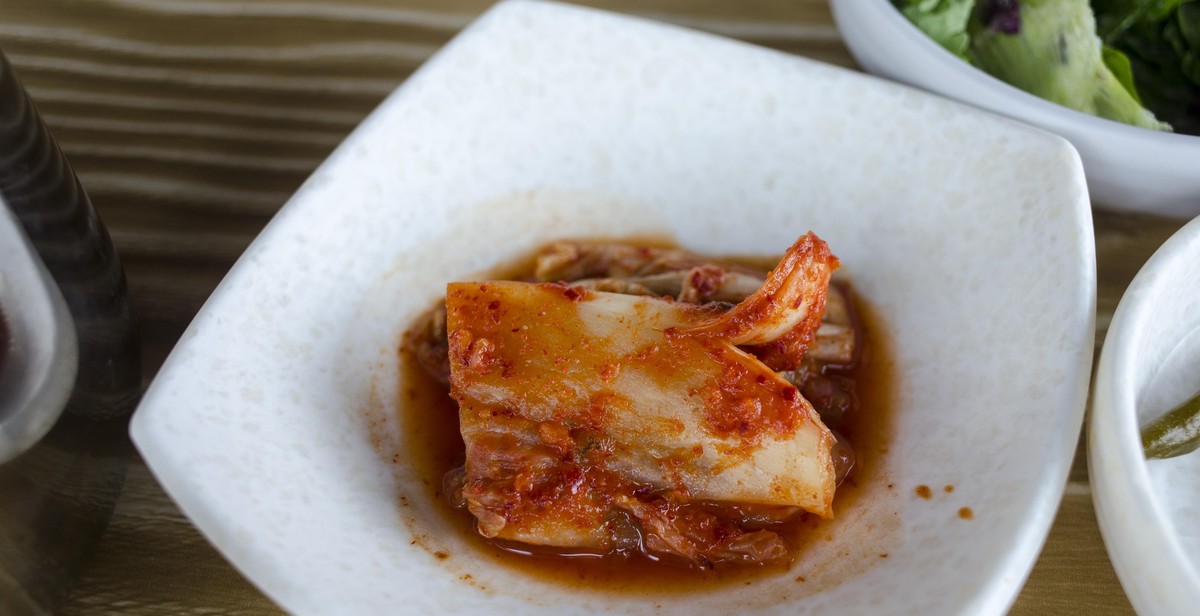How to Preserve Vegetables through Fermentation: Creating Tangy and Probiotic-rich Pickles
Fermentation is a traditional method of preserving food that has been around for centuries. It is a natural process that involves the breakdown of carbohydrates by bacteria or yeast, resulting in the production of lactic acid. This process not only preserves the food but also enhances its flavor and nutrition.
Why Ferment Vegetables?
Fermenting vegetables is a great way to preserve them for longer periods without the use of artificial preservatives. It is a cost-effective method that requires minimal equipment and can be done in small batches. Fermented vegetables are not only tasty but also packed with probiotics, which are beneficial for gut health. Probiotics are live microorganisms that promote a healthy balance of bacteria in the gut, aiding digestion and boosting the immune system.
Another reason to ferment vegetables is that it can significantly increase their shelf life. Fermented vegetables can last for months, sometimes even years, depending on the type of vegetable and the fermentation process used. This makes it a great way to store surplus vegetables from your garden or take advantage of seasonal produce.
In this article, we will guide you through the process of fermenting vegetables, specifically creating tangy and probiotic-rich pickles. We will cover the equipment needed, the different types of vegetables that can be fermented, and the step-by-step process of creating delicious pickles that are packed with nutrition.

The Fermentation Process
Once you have chosen the right vegetables and prepared them, it’s time to begin the fermentation process. This is where the magic happens, as the naturally occurring bacteria on the vegetables and in the air begin to break down the sugars and starches, creating lactic acid and other compounds that preserve the vegetables and give them their tangy, delicious flavor.
Creating the Brine
The first step in the fermentation process is to create the brine. This is a mixture of salt and water that will help to create the perfect environment for the beneficial bacteria to thrive. The ratio of salt to water can vary depending on the recipe, but a common ratio is 1-2 tablespoons of salt per quart of water.
Adding Flavors
Once you have created the brine, it’s time to add any additional flavors you want to include in your pickles. This could include garlic, dill, peppercorns, or any other herbs or spices you enjoy. You can also experiment with different types of vinegar or other acidic ingredients to create unique flavor combinations.
Fermenting the Vegetables
With the brine and flavorings added, it’s time to add the vegetables and begin the fermentation process. You can use a variety of containers for fermenting, including mason jars, crocks, or specialized fermentation vessels. Make sure to pack the vegetables tightly into the container and pour the brine over them, making sure they are completely submerged.
Once the vegetables are covered with brine, you can add a weight or fermentation lid to keep them submerged and prevent mold or other unwanted bacteria from growing on the surface. Then, simply let the vegetables ferment at room temperature for anywhere from a few days to several weeks, depending on the recipe and your personal preference.
Monitoring the Fermentation Process
While the vegetables are fermenting, it’s important to monitor them regularly to ensure they are fermenting properly and that no harmful bacteria are growing. Check the vegetables daily to make sure they are still submerged in the brine and that no mold or other growth is present on the surface.
As the vegetables ferment, you may notice bubbles forming and a tangy, sour smell developing. This is a good sign that the fermentation process is working properly. However, if you notice any foul odors or off-colors, it may be a sign that something has gone wrong and the batch should be discarded.
Once the fermentation process is complete, you can transfer the pickles to the refrigerator or another cool storage area to slow down the fermentation and preserve the flavor and texture. Your pickles should last for several months in the fridge, and they will continue to develop flavor over time.

Fermented Vegetable Recipes
Here are some delicious and easy-to-make fermented vegetable recipes that you can try at home:
Classic Dill Pickles
Ingredients:
- 2-3 cucumbers
- 2 cloves of garlic
- 1 tbsp. of dill seeds
- 1 tbsp. of sea salt
- Filtered water
Instructions:
- Cut the cucumbers into spears or slices.
- Crush the garlic cloves and add them to a jar with the dill seeds and sea salt.
- Add the cucumbers to the jar and pour filtered water over them until they are fully submerged.
- Close the jar tightly and leave it at room temperature for 3-7 days.
- Check the pickles daily and taste them until they reach your desired level of tanginess.
- Once the pickles are ready, store them in the fridge to slow down the fermentation process.
Spicy Kimchi
Ingredients:
- 1 napa cabbage
- 1 daikon radish
- 1 bunch of scallions
- 3 cloves of garlic
- 1 tbsp. of ginger
- 2 tbsp. of red pepper flakes
- 1 tbsp. of sea salt
- Filtered water
Instructions:
- Chop the cabbage into bite-sized pieces and grate the daikon radish.
- Mix the cabbage and daikon with the scallions, garlic, ginger, red pepper flakes, and sea salt in a large bowl.
- Pack the mixture tightly into a jar, leaving about 1 inch of headspace.
- Pour filtered water over the mixture until it is fully submerged.
- Close the jar tightly and leave it at room temperature for 3-7 days.
- Check the kimchi daily and press down on the vegetables to release any air bubbles.
- Once the kimchi is ready, store it in the fridge to slow down the fermentation process.
Sauerkraut
Ingredients:
- 1 head of cabbage
- 1 tbsp. of caraway seeds
- 1 tbsp. of sea salt
- Filtered water
Instructions:
- Shred the cabbage into thin strips.
- Mix the cabbage with the caraway seeds and sea salt in a large bowl.
- Pack the mixture tightly into a jar, leaving about 1 inch of headspace.
- Pour filtered water over the mixture until it is fully submerged.
- Close the jar tightly and leave it at room temperature for 3-7 days.
- Check the sauerkraut daily and press down on the vegetables to release any air bubbles.
- Once the sauerkraut is ready, store it in the fridge to slow down the fermentation process.
| Recipe | Fermenting Time | Storage |
|---|---|---|
| Classic Dill Pickles | 3-7 days | Fridge |
| Spicy Kimchi | 3-7 days | Fridge |
| Sauerkraut | 3-7 days | Fridge |

Benefits of Fermented Vegetables
Fermentation is an ancient technique that has been used for centuries to preserve food. In recent years, it has gained popularity due to its numerous health benefits. Here are some of the benefits of consuming fermented vegetables:
Probiotics
Fermented vegetables are rich in probiotics. Probiotics are live microorganisms that are beneficial to our health. They are often referred to as “good bacteria” and are essential for maintaining a healthy gut. Fermented vegetables contain a variety of probiotics, including Lactobacillus and Bifidobacterium, which help to balance the gut microbiome.
Improved Digestion
Fermented vegetables are easier to digest than raw vegetables. During the fermentation process, the natural enzymes in the vegetables break down the complex carbohydrates and proteins, making them easier to digest. This means that the nutrients in the vegetables are more easily absorbed by the body, leading to better overall digestion.
Boosted Immune System
Fermented vegetables contain a high concentration of vitamins and minerals, which are essential for a healthy immune system. The probiotics found in fermented vegetables also help to boost the immune system by stimulating the production of antibodies and white blood cells.
Reduced Inflammation
Inflammation is a natural response by the body to injury or infection. However, chronic inflammation can lead to a variety of health problems, including autoimmune diseases and cancer. Fermented vegetables contain anti-inflammatory compounds that help to reduce inflammation in the body. These compounds include lactic acid, acetic acid, and butyric acid.
| Benefits of Fermented Vegetables |
|---|
| Probiotics |
| Improved Digestion |
| Boosted Immune System |
| Reduced Inflammation |
Overall, fermented vegetables are a great addition to any diet. They are rich in probiotics, which help to balance the gut microbiome, improve digestion, boost the immune system, and reduce inflammation. So, if you’re looking for a tasty and healthy way to preserve your vegetables, try fermenting them!
Conclusion
Fermenting vegetables is a great way to preserve them while also creating delicious and healthy probiotic-rich pickles. With the right tools and ingredients, you can easily make your own pickles at home. Whether you prefer a tangy taste or a spicy kick, there are endless flavor combinations to explore.
One of the biggest benefits of fermenting vegetables is that it helps to preserve their nutrients. Fermentation can actually increase the bioavailability of certain vitamins and minerals, making them easier for your body to absorb. Plus, fermented foods are great for gut health, as they contain beneficial bacteria that can support a healthy microbiome.
When fermenting vegetables, it’s important to be patient and allow the process to take its time. While it may be tempting to check on your pickles every day, it’s best to let them sit undisturbed for at least a week. This will give the fermentation process enough time to work its magic and create that tangy, sour flavor we all love.
Tips for successful fermentation:
- Use high-quality, fresh vegetables
- Make sure your equipment is clean and sterilized
- Use the right amount of salt and water
- Keep the temperature consistent
- Be patient and let the fermentation process work its magic
Get creative with your pickles
Don’t be afraid to experiment with different flavors and ingredients. You can add herbs, spices, and even fruit to your pickles to create unique and delicious combinations. And once you’ve mastered the art of pickling vegetables, you can start exploring other fermented foods like kimchi, sauerkraut, and kombucha.
| Benefits of fermented foods: |
|---|
| Improved digestion |
| Boosted immune system |
| Increased nutrient absorption |
| Reduced inflammation |
| Lowered risk of chronic diseases |
So what are you waiting for? Start fermenting your own vegetables today and enjoy the delicious, tangy taste of homemade pickles.
